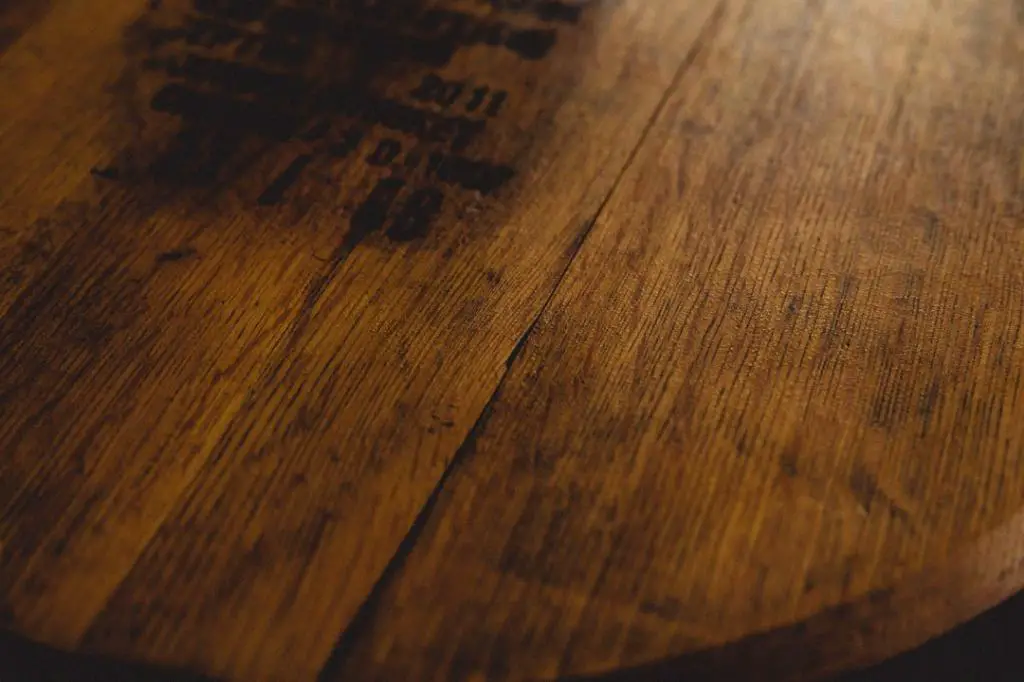In the world of bourbon whiskey, aging plays a crucial role in developing the flavors and characteristics that make each bottle unique. Breckenridge Bourbon, a renowned award-winning brand, is no exception. This article aims to explore the aging process of Breckenridge Bourbon and the factors that influence its aging period.
Understanding Bourbon Aging Process
Before delving into the specifics of Breckenridge Bourbon’s aging, let’s first understand what bourbon is and how it is made. Bourbon is a type of whiskey made primarily from corn and aged in charred, new American white oak barrels. The aging process is an essential step in bourbon production as it allows the whiskey to interact with the wood, extracting flavors, colors, and aromas.
Aging is critical in bourbon production as it brings out the unique qualities of the spirit. Over time, the whiskey undergoes chemical reactions, resulting in the development of complex flavors and smoothness.
Factors Influencing the Aging of Breckenridge Bourbon
Several factors impact the aging process of Breckenridge Bourbon, ensuring its distinctive taste and character:
1. Barrel selection and char level
Barrel selection and the level of char inside the barrel significantly contribute to the aging process. The charred interior of the barrels caramelizes the sugars in the whiskey, adding depth and richness to the flavor profile.
2. Warehouse conditions and location
The conditions and location of the aging warehouse play a vital role in the maturation of bourbon. Factors such as temperature, humidity, and air circulation influence how the whiskey interacts with the wood, ultimately affecting its flavor development.
3. Climate and seasonal variations
The climate and seasonal variations in the region where the bourbon is aged can also impact its aging process. For example, hot summers and cold winters can cause the whiskey to expand and contract within the barrel, accelerating the extraction of flavors from the wood.
4. Maturation time and aging techniques
The length of time the bourbon is aged and the techniques employed during the aging process significantly impact its final flavor. Breckenridge Bourbon is aged for a minimum of three years, allowing for optimal maturity and character development.
Typical Aging Period of Breckenridge Bourbon
Under U.S. law, bourbon must be aged in new charred oak barrels for a minimum of two years to be labeled as “straight bourbon.” Breckenridge Bourbon goes beyond this requirement and ages their whiskey for a minimum of three years, ensuring exceptional quality.
Factors influencing the aging period
Several factors influence the aging period of Breckenridge Bourbon. Barrel selection, warehouse conditions, climate, and aging techniques all contribute to the final flavor profile. The distillers at Breckenridge carefully monitor the aging process to ensure the whiskey reaches its full potential before bottling.
The Impact of Aging on Breckenridge Bourbon
Age plays a vital role in the flavor development and complexity of Breckenridge Bourbon. During the aging process, the whiskey undergoes significant changes:
1. Flavor development and complexity
Aging allows the bourbon to develop a wide range of flavors, including notes of vanilla, caramel, oak, and spice. The longer the aging period, the more nuanced the flavors become, creating a well-balanced and complex whiskey.
2. Changes in aroma and taste profiles
As Breckenridge Bourbon ages, its aroma becomes more pronounced and layered. The whiskey gains depth and complexity, offering a delightful sensory experience. The taste profile evolves, with flavors becoming more harmonious and perfectly integrated.
3. Smoothness and balance achieved through aging
Aging contributes to the smoothness and balance of Breckenridge Bourbon. The interaction between the whiskey and the wood softens any harshness, resulting in a velvety and enjoyable drinking experience.
Recognizing a Well-Aged Breckenridge Bourbon
Determining the quality of aged bourbon involves using multiple senses and relying on expert opinions:
1. Visual cues to determine aging quality
An aged bourbon like Breckenridge will exhibit a rich, deep color, indicating its time spent maturing in the barrel.
2. Sensory evaluation and tasting notes
By conducting a sensory evaluation, experienced whiskey enthusiasts can identify the intricate flavors, aromas, and smoothness that come from proper aging. Tasting notes often mention the nuances and complexities imparted by the aging process.
3. Expert opinions and awards
Notable whiskey experts and prestigious awards can give valuable insight into the quality of aged bourbon. Recognitions received by Breckenridge Bourbon attest to its excellence in aging and overall craftsmanship.
Unique Aging Approach and Innovation in Breckenridge Bourbon Production
Breckenridge Bourbon stands out not only for its exceptional aging practices but also for its commitment to innovation and experimentation. The distillery employs special techniques or practices during the aging process to further enhance the flavor profiles and deliver unique expressions of bourbon whiskey. Through their dedication to quality and exploration, Breckenridge continuously pushes the boundaries of traditional bourbon-making.

Conclusion
Breckenridge Bourbon, an award-winning brand, ages its whiskey for a minimum of three years, exceeding the legal requirements for straight bourbon. The aging process brings forth a multitude of flavors, enhances complexity, and ultimately results in a well-balanced and enjoyable drinking experience. Breckenridge’s approach to aging, coupled with their commitment to innovation, solidifies their position as a leader in the bourbon industry.
